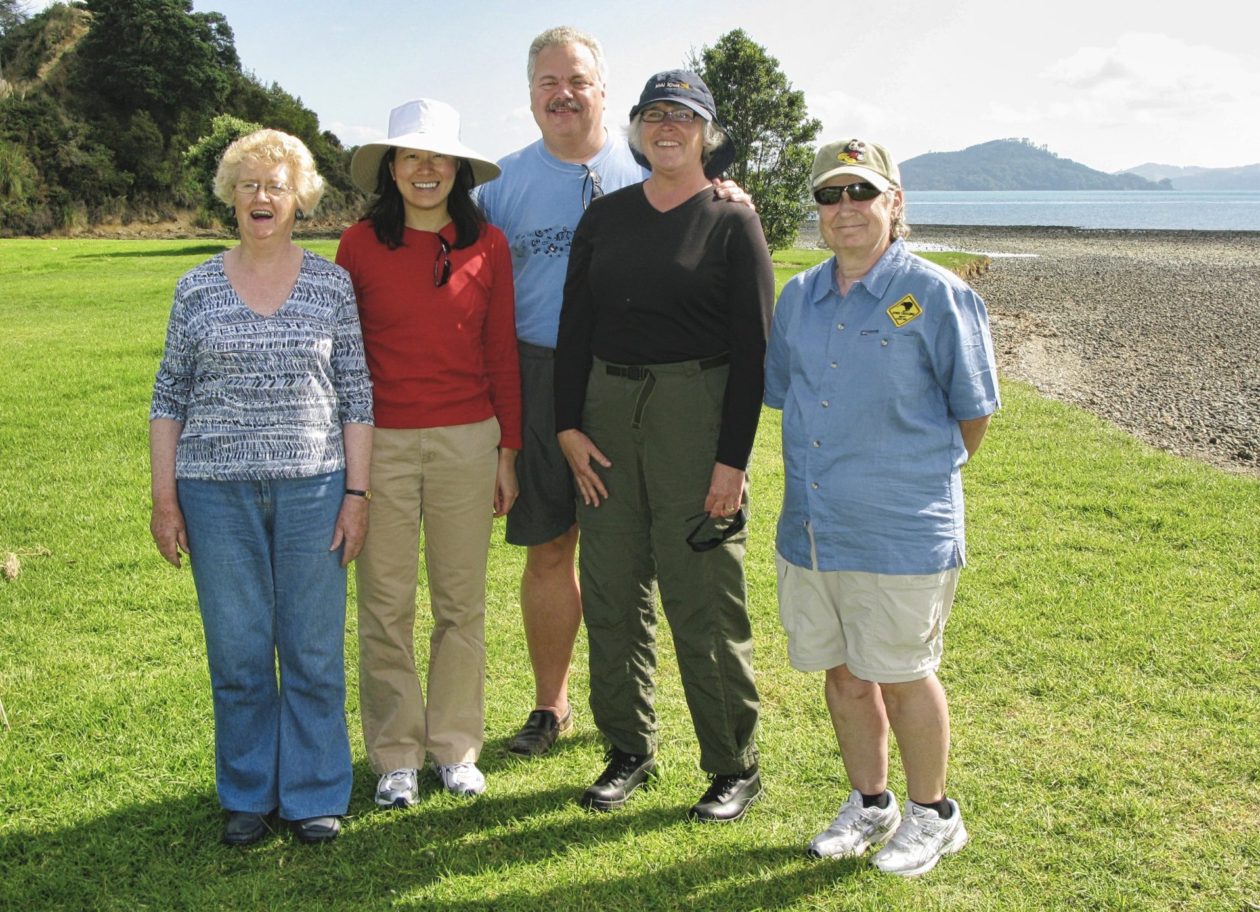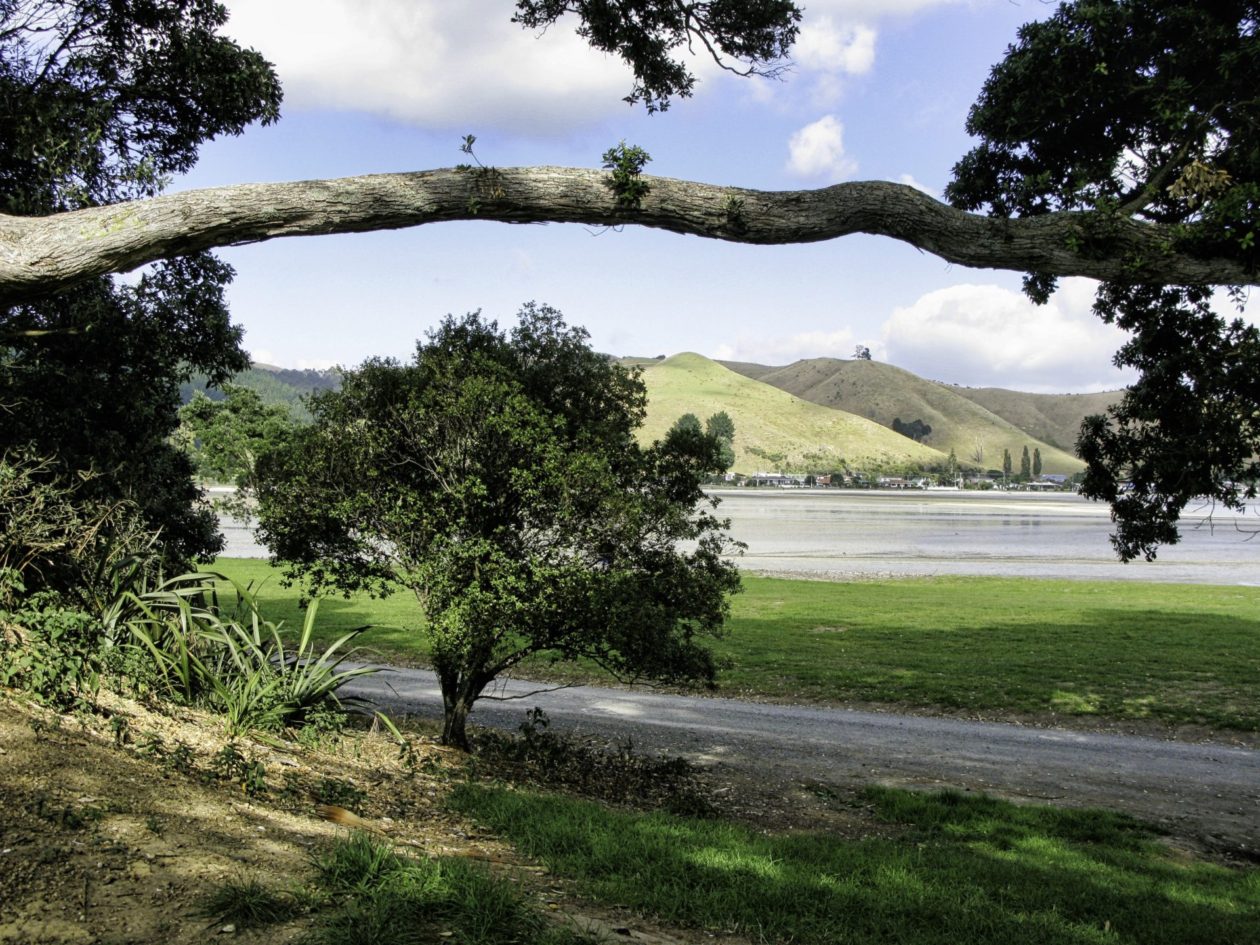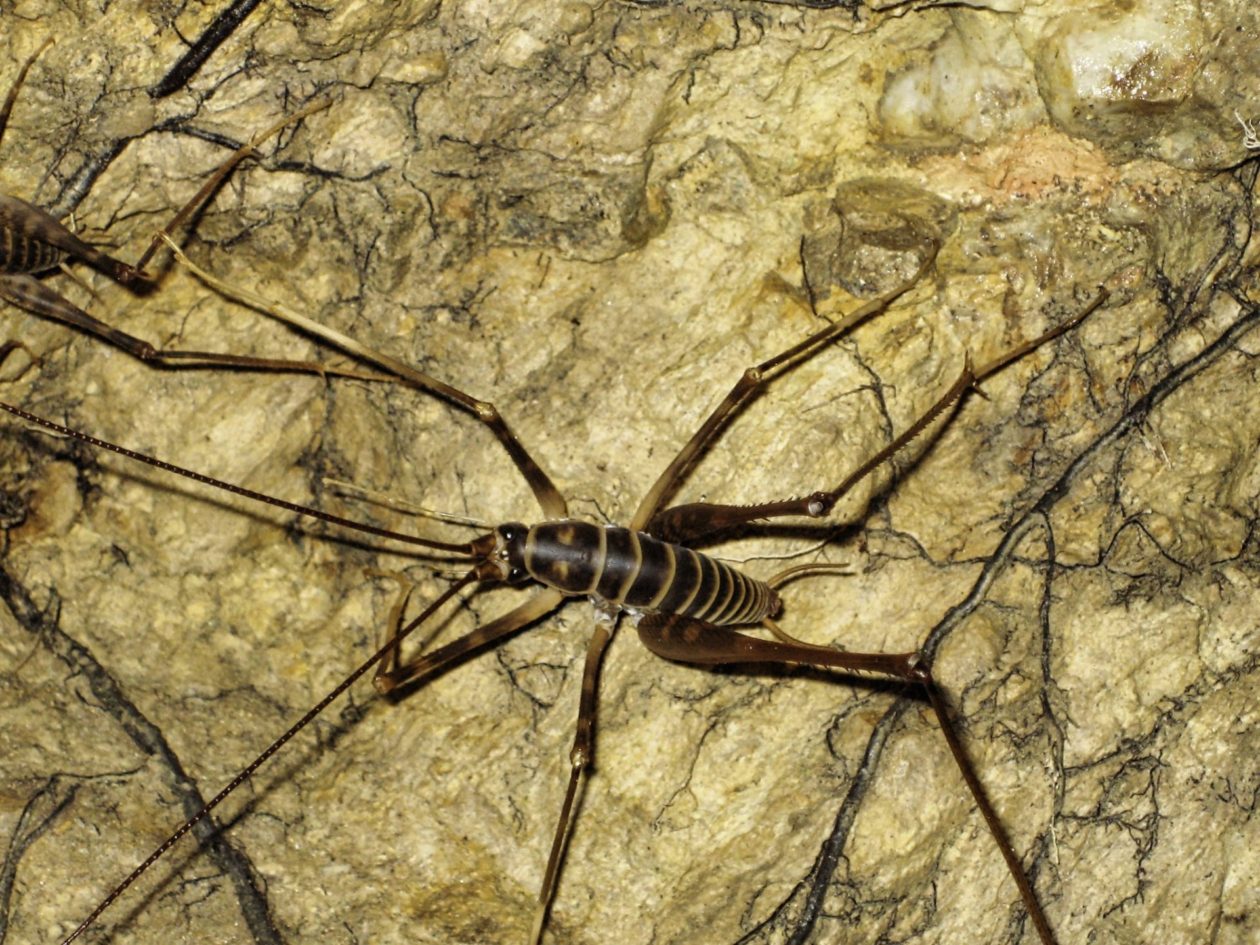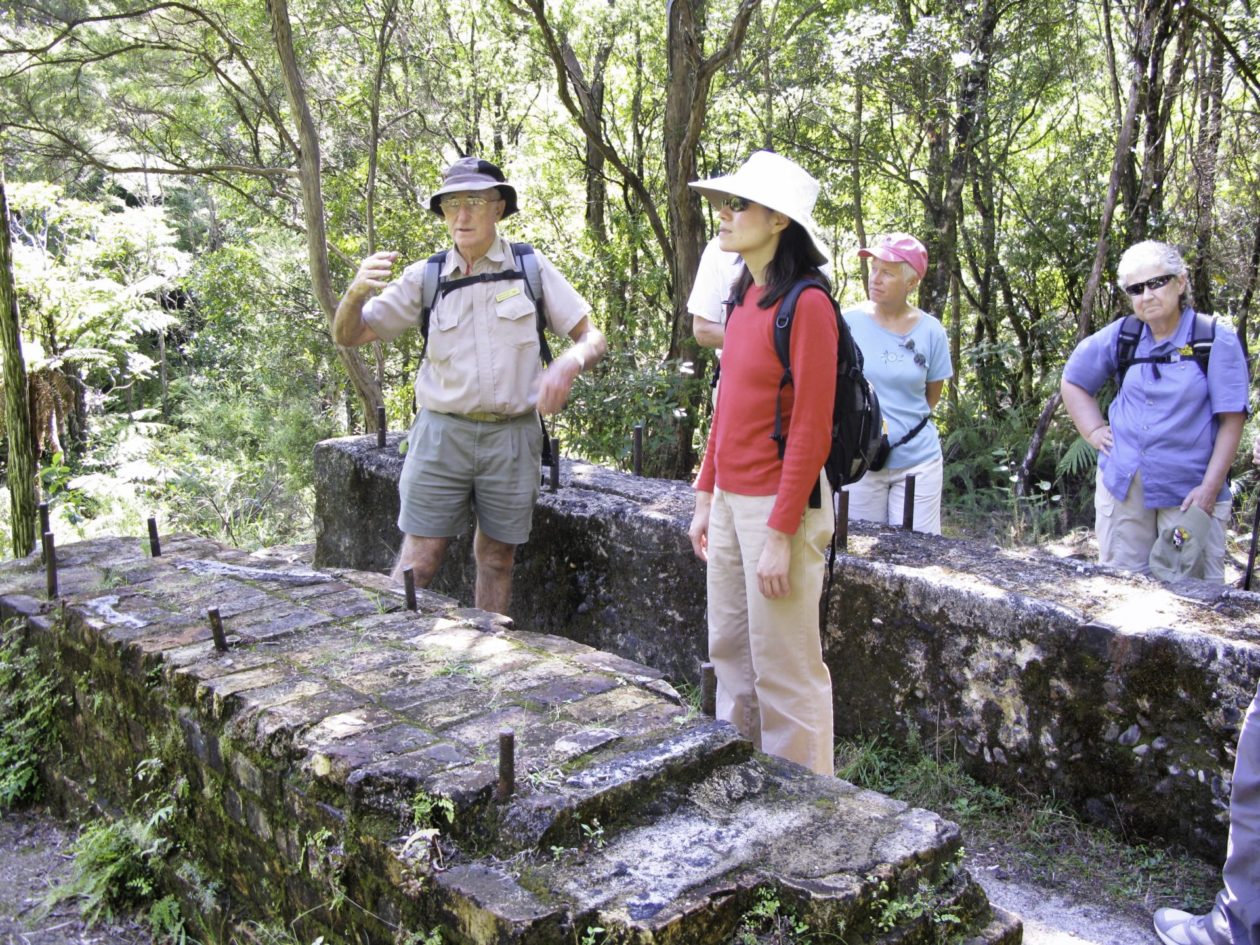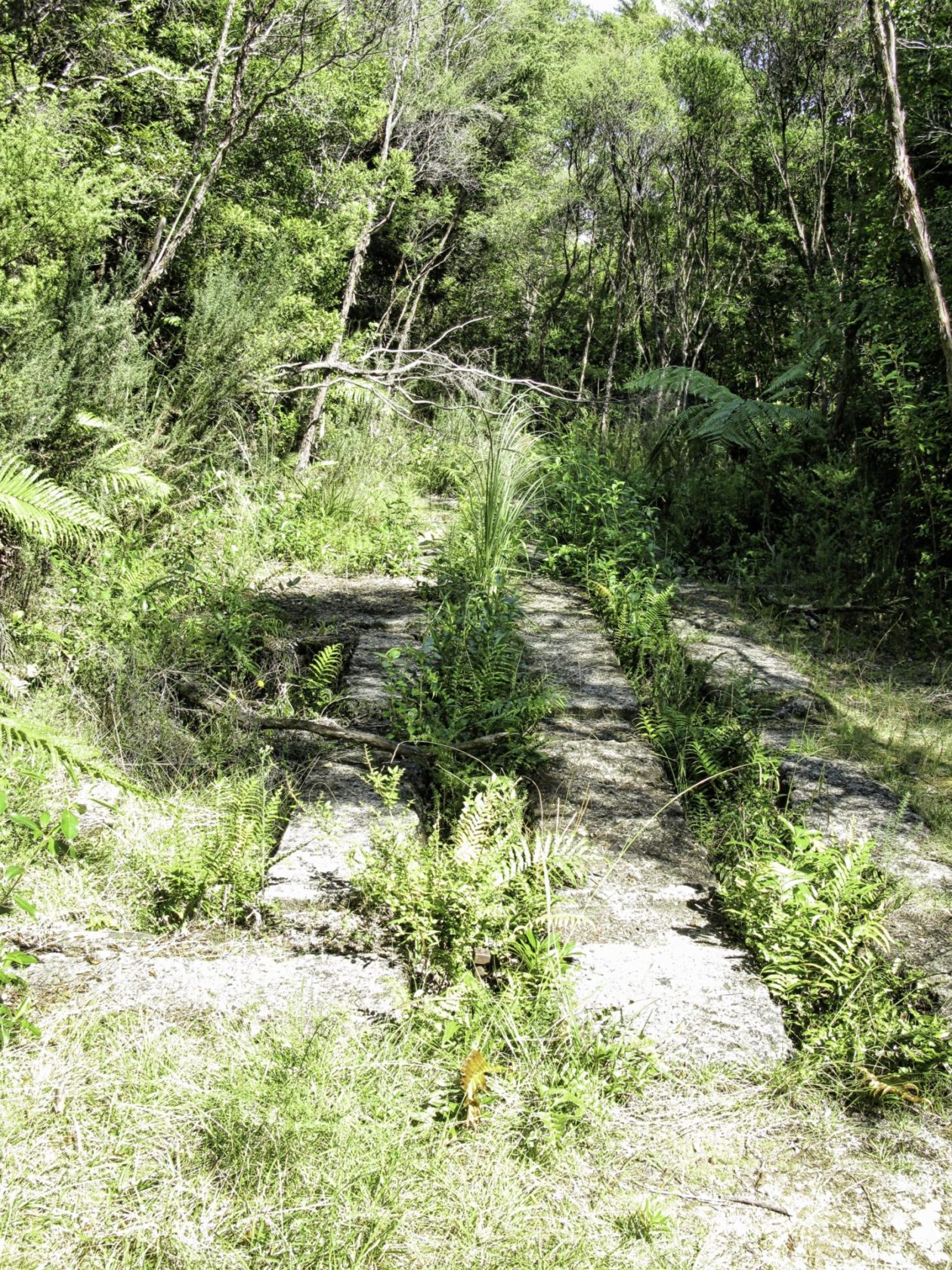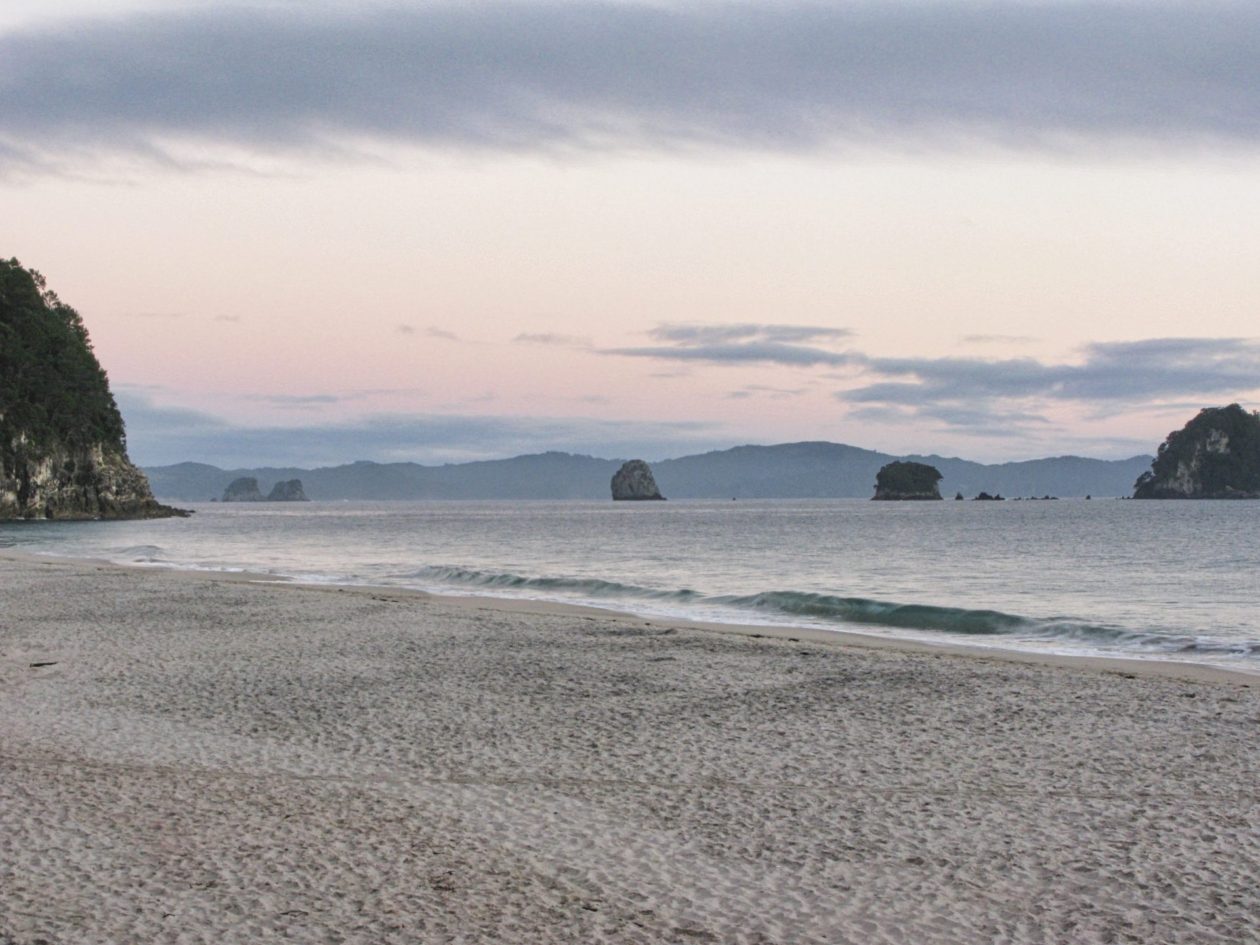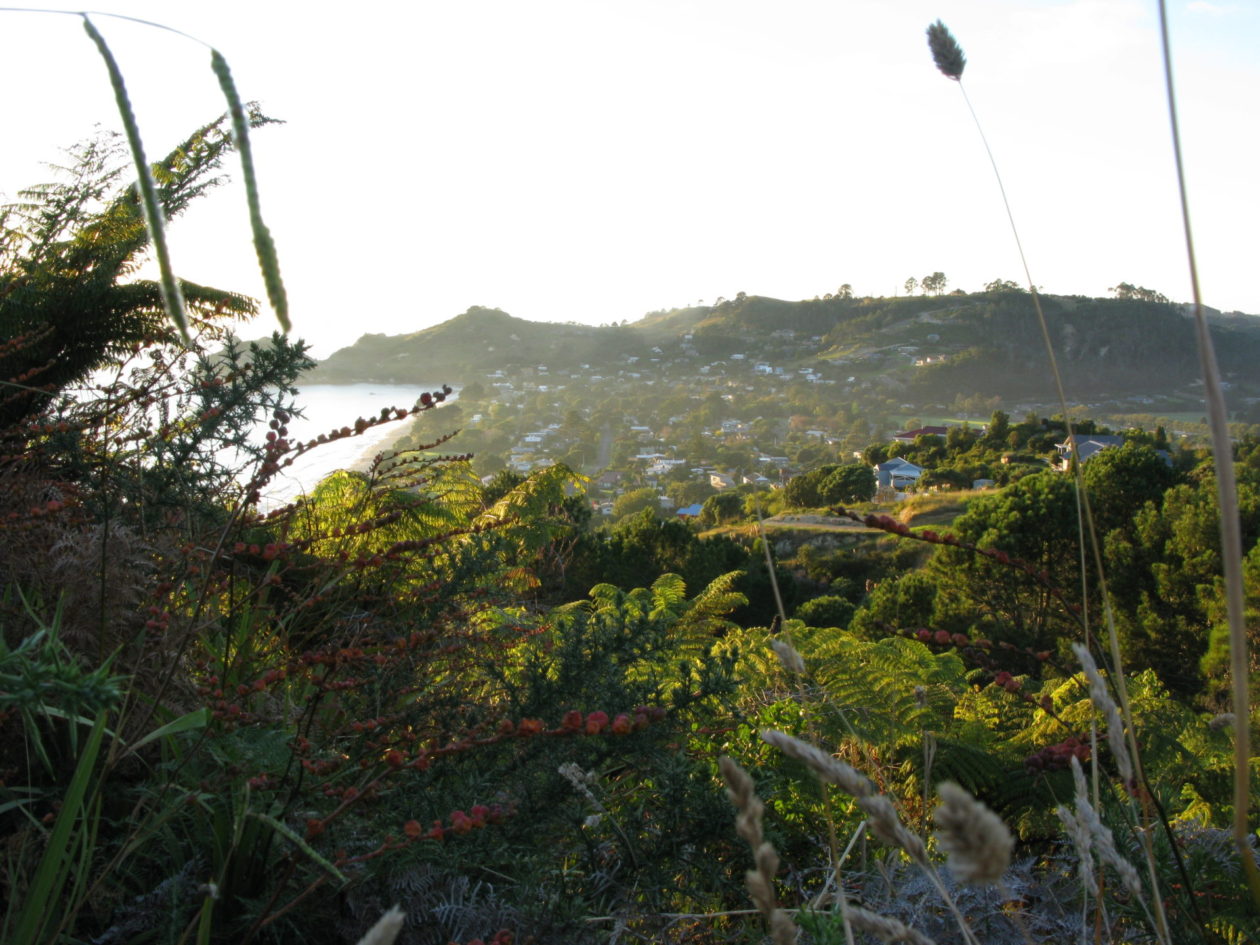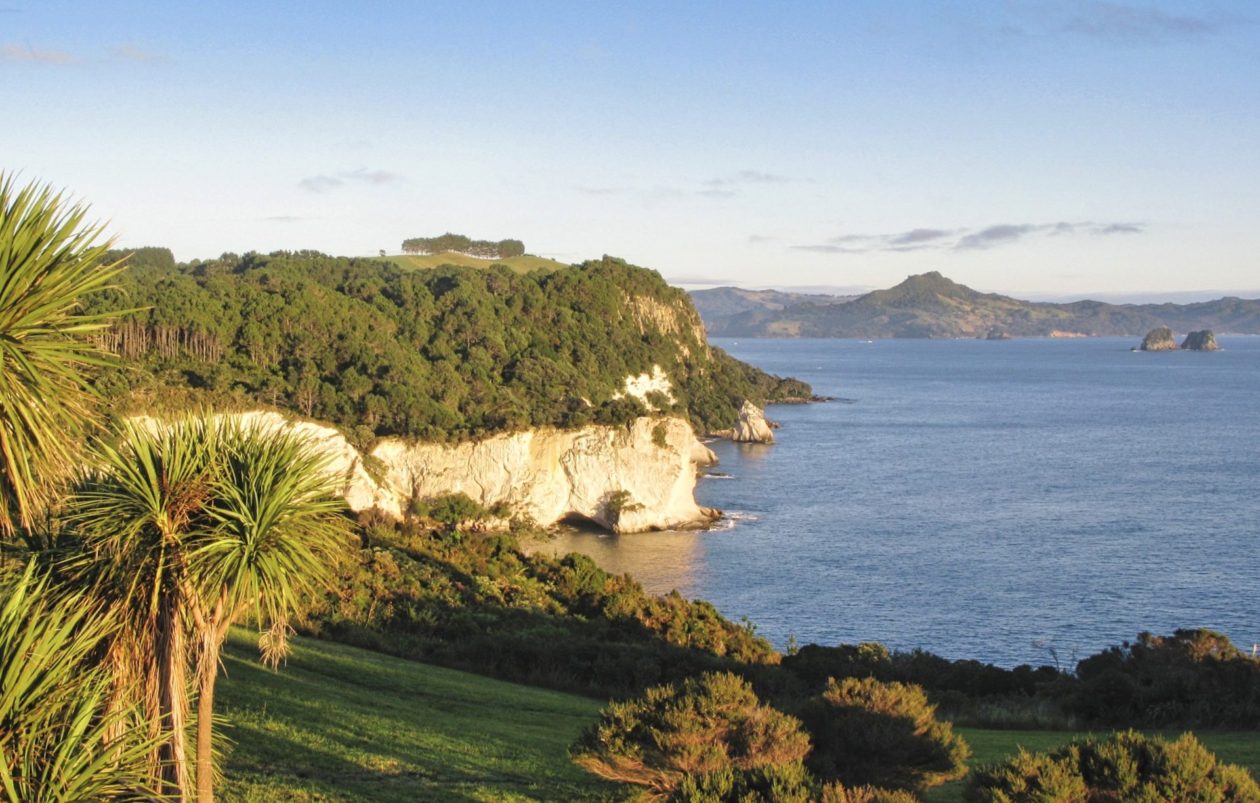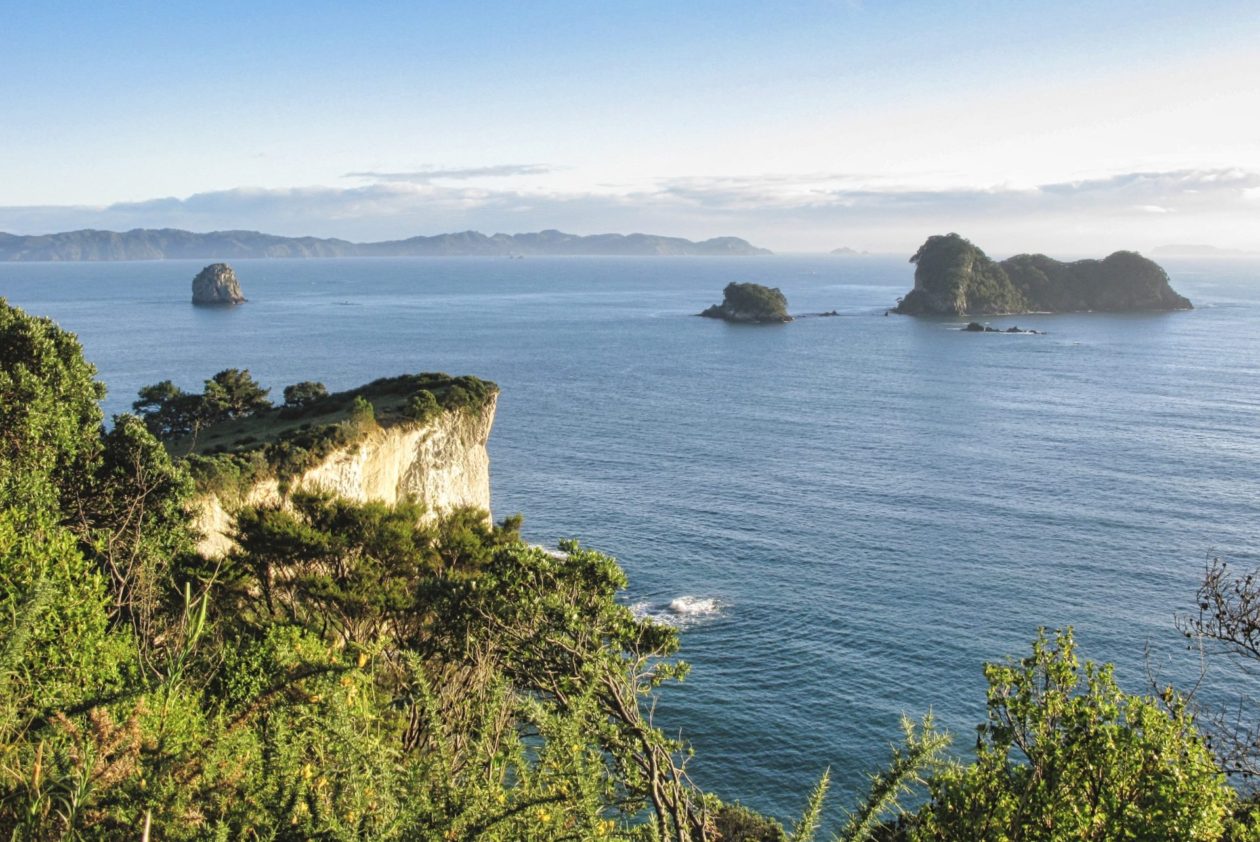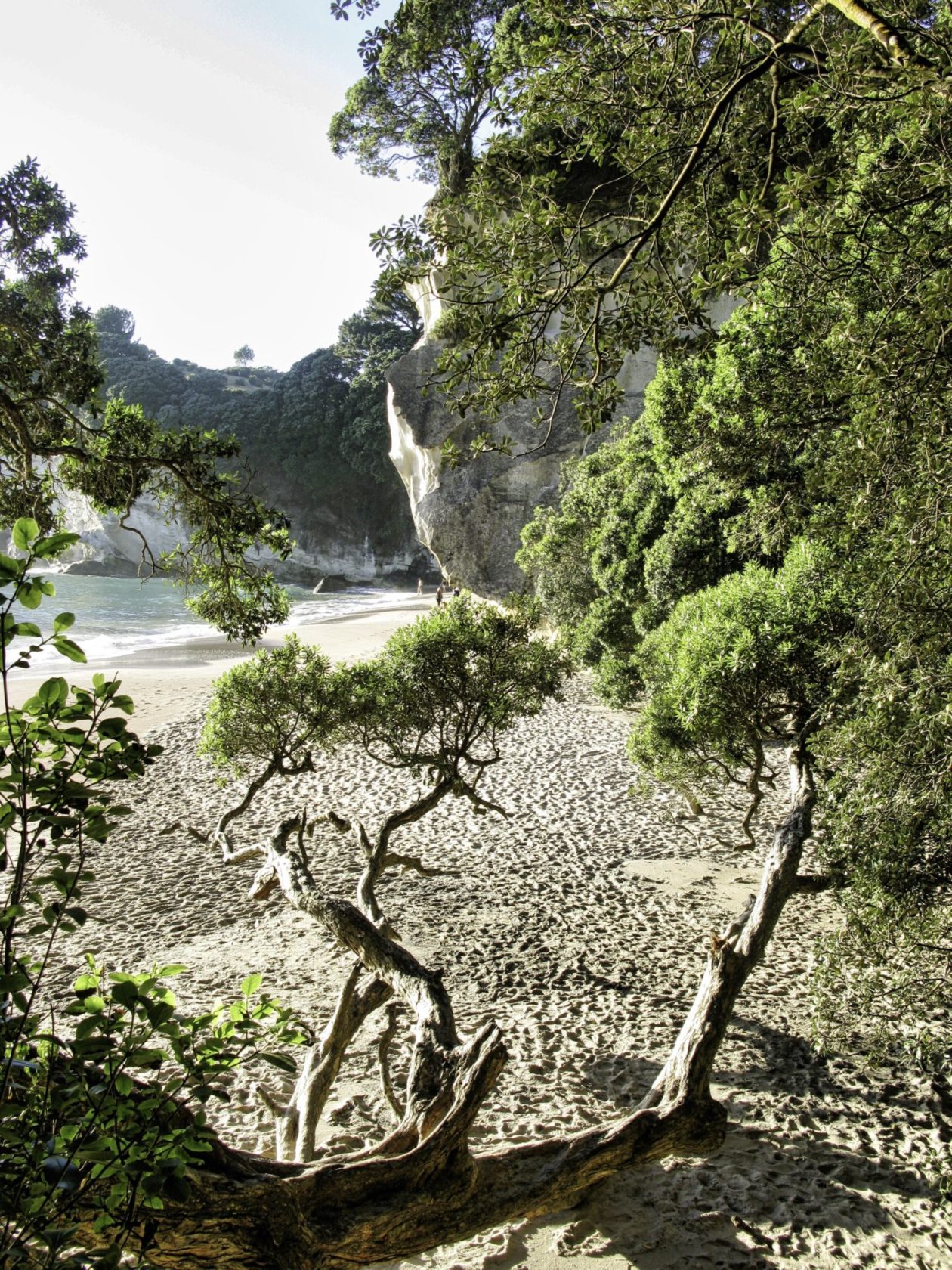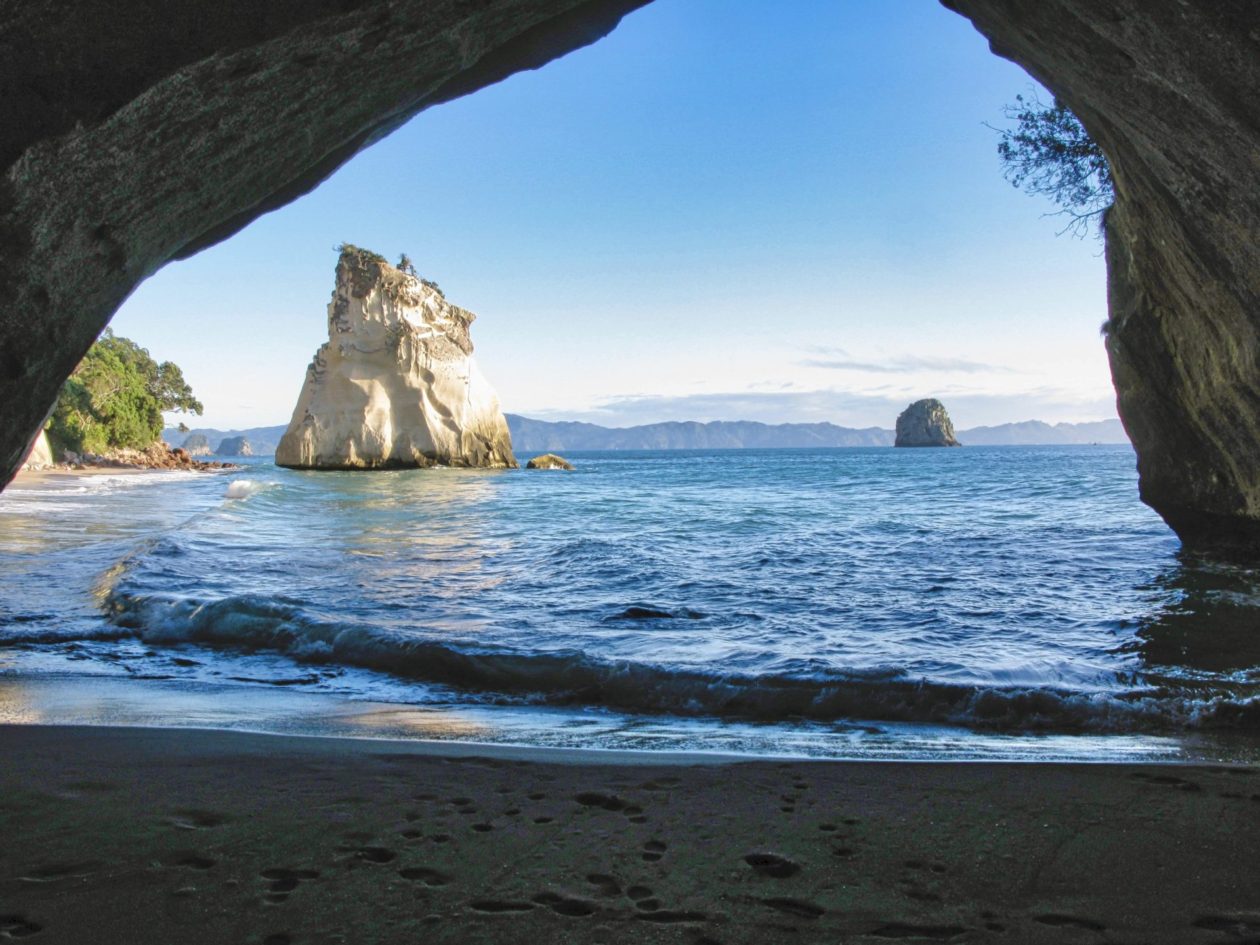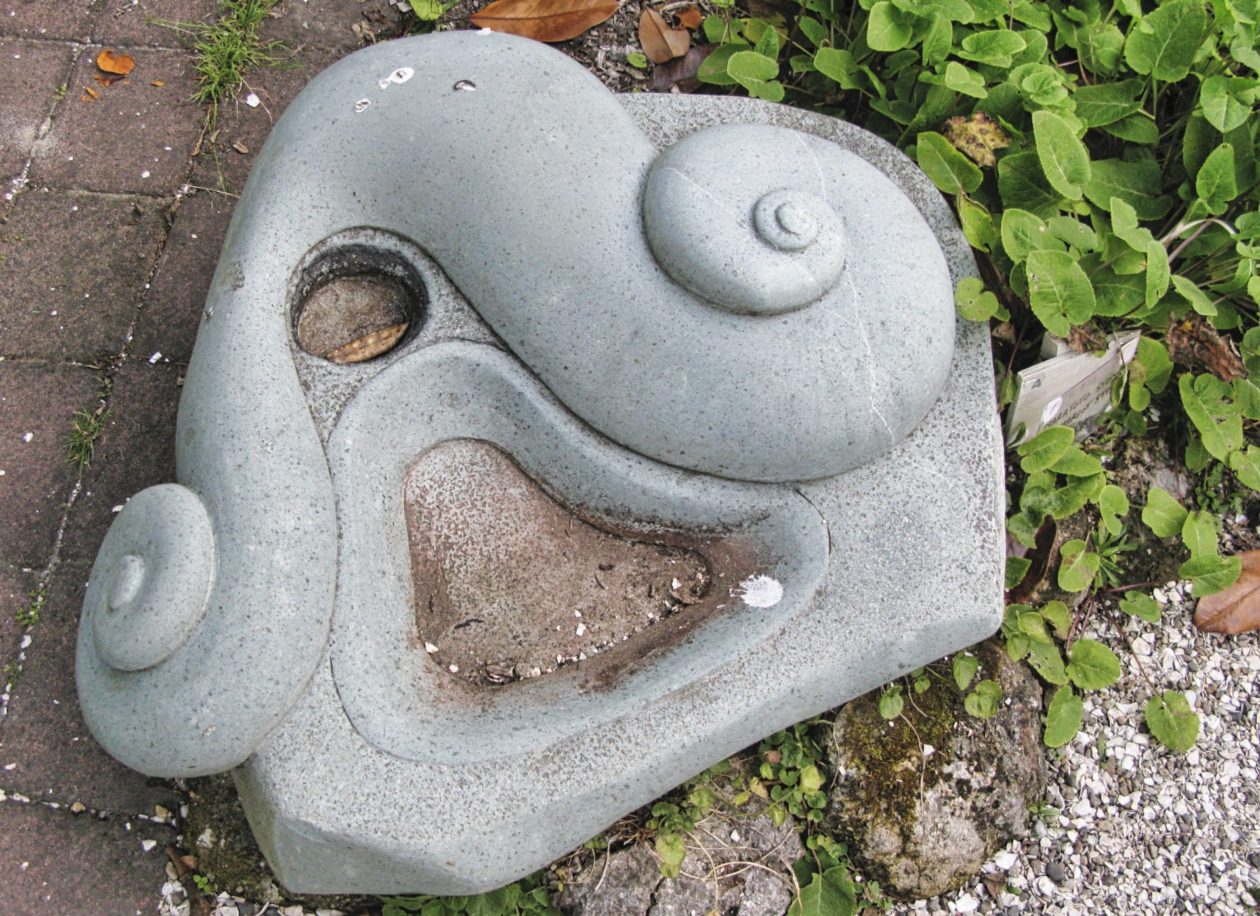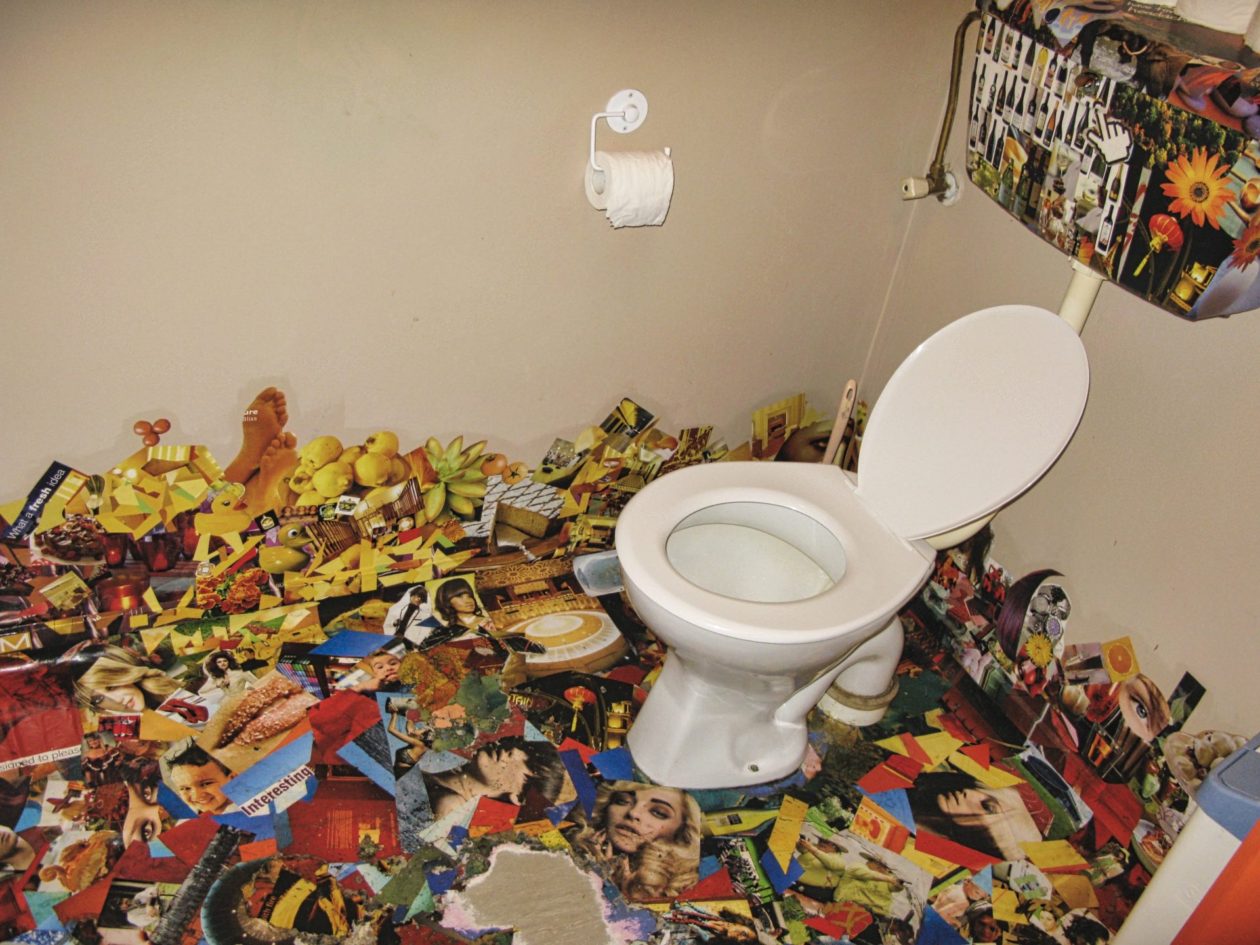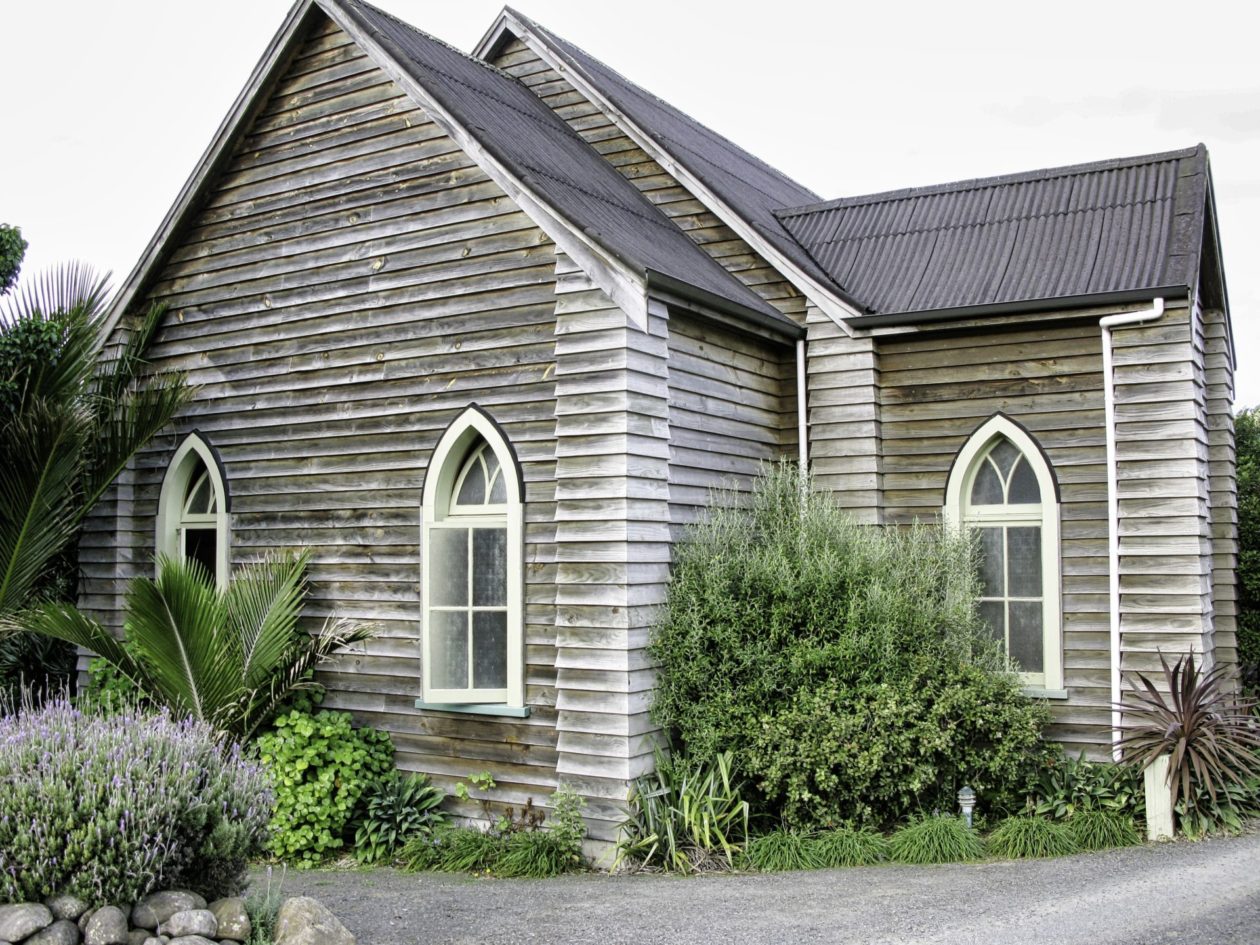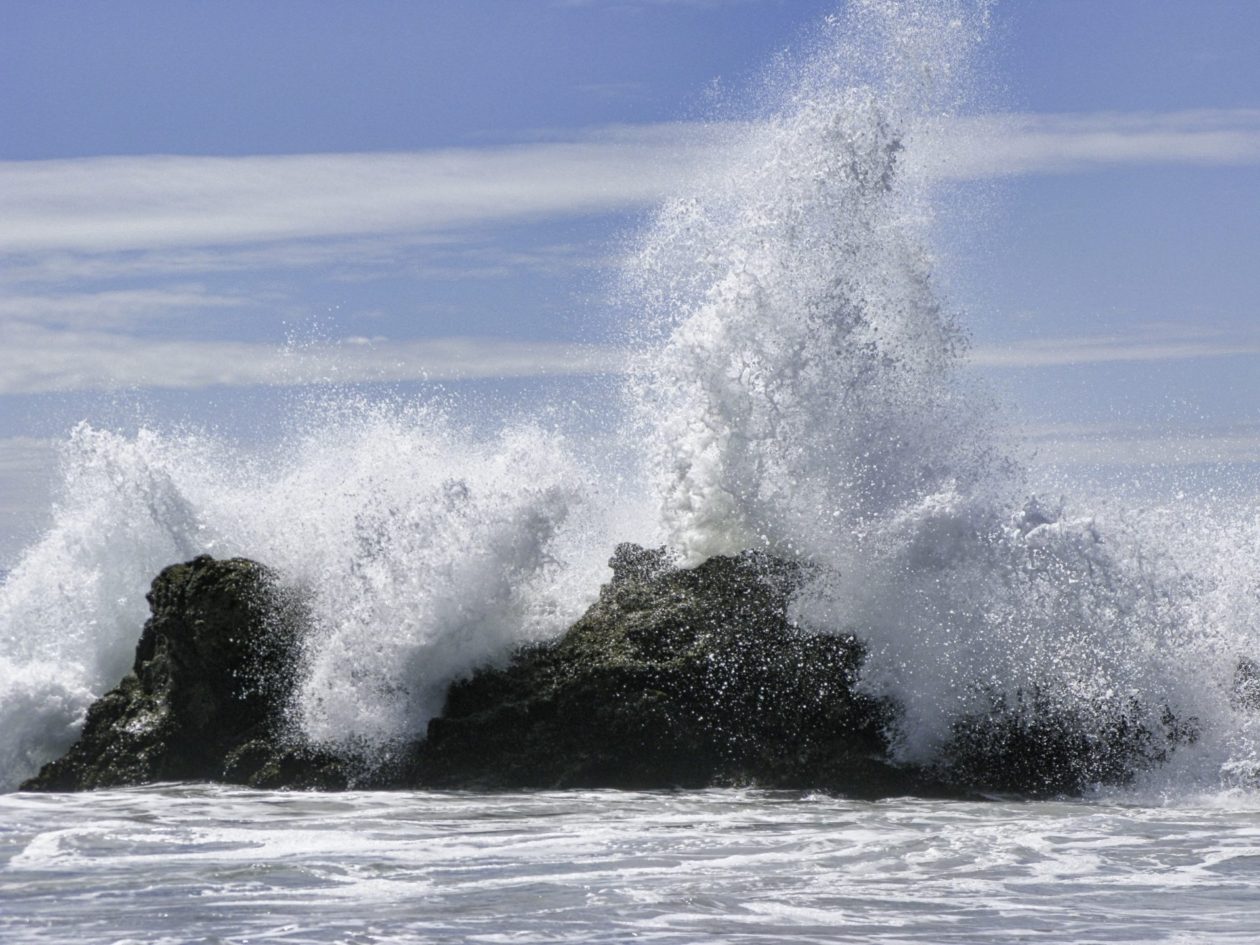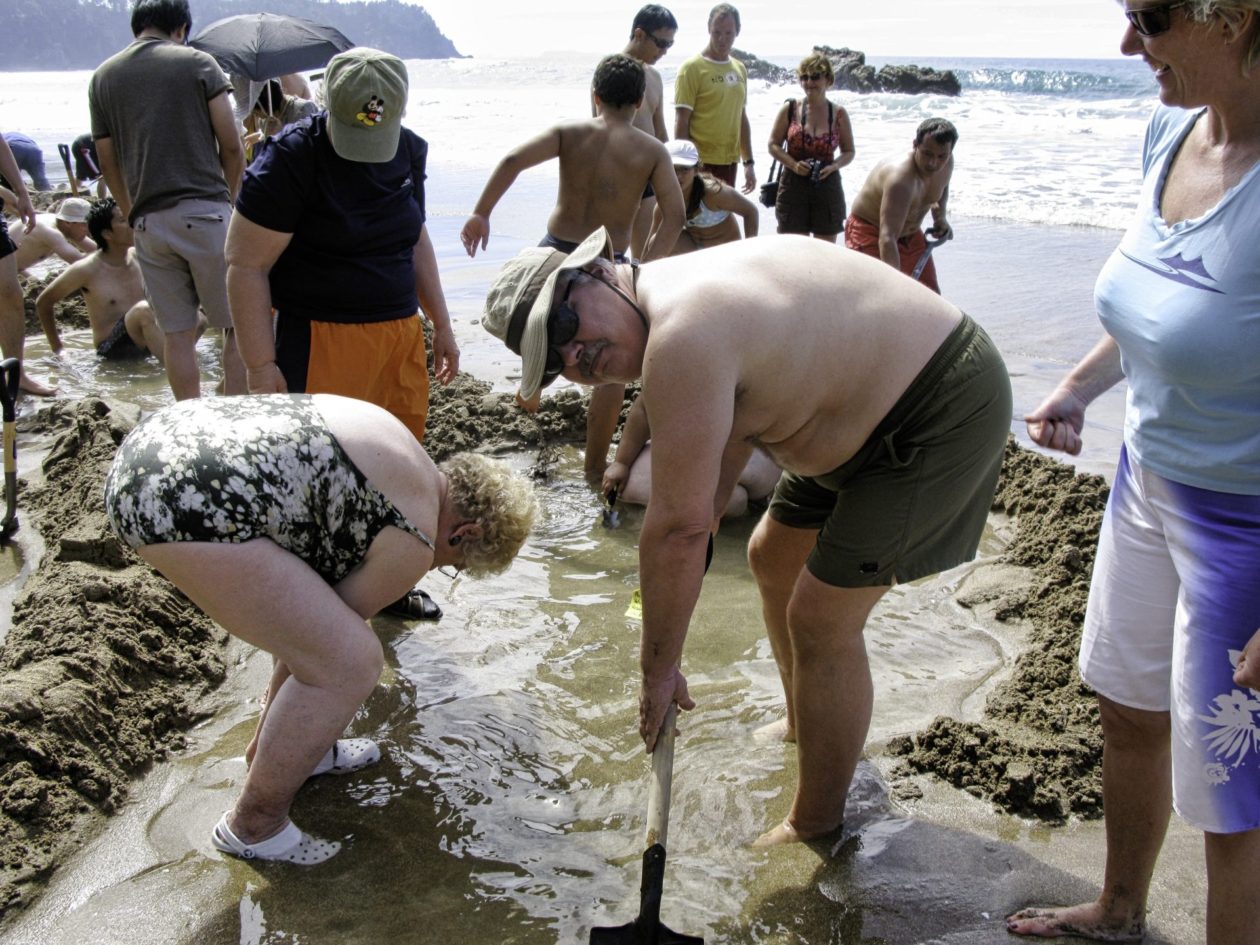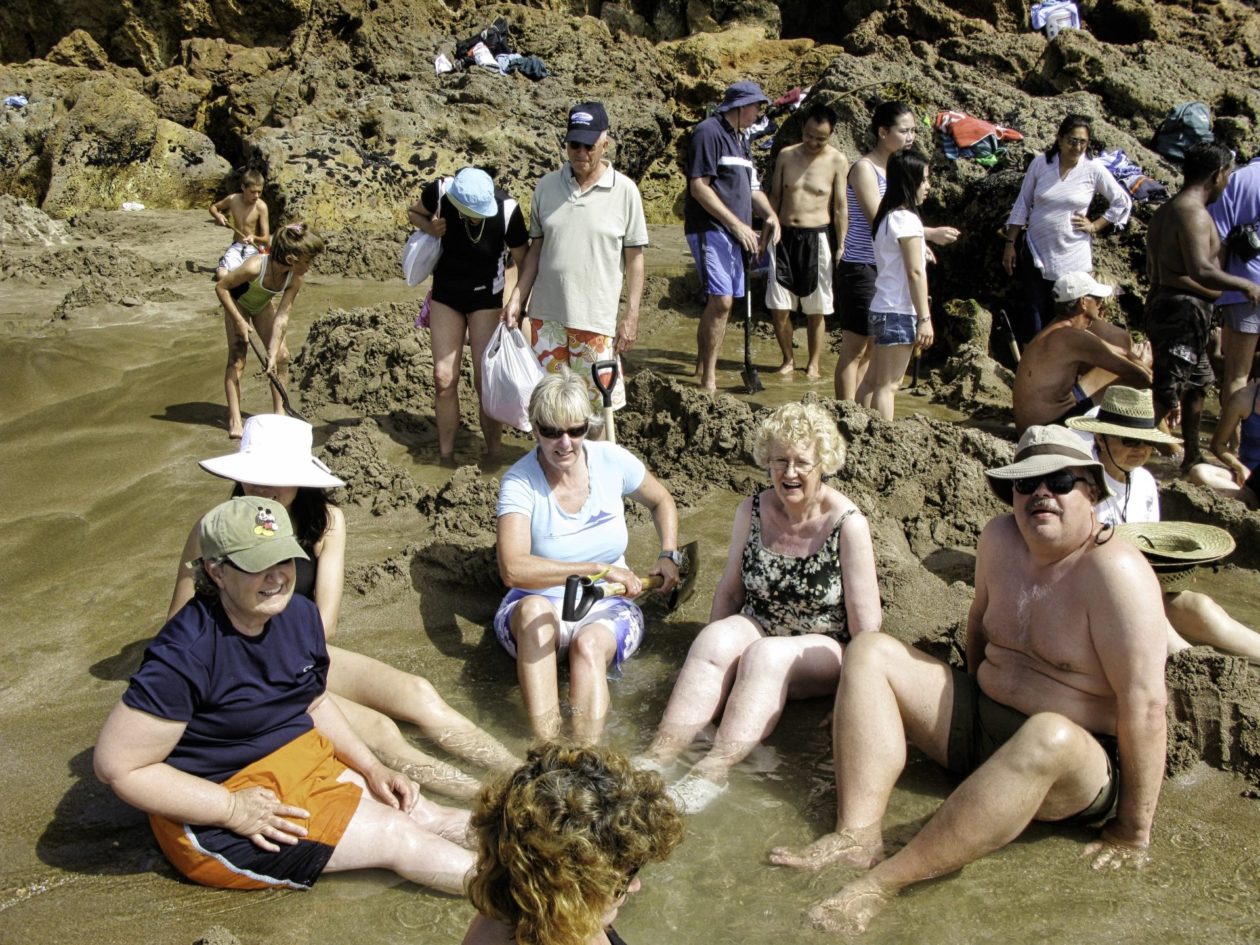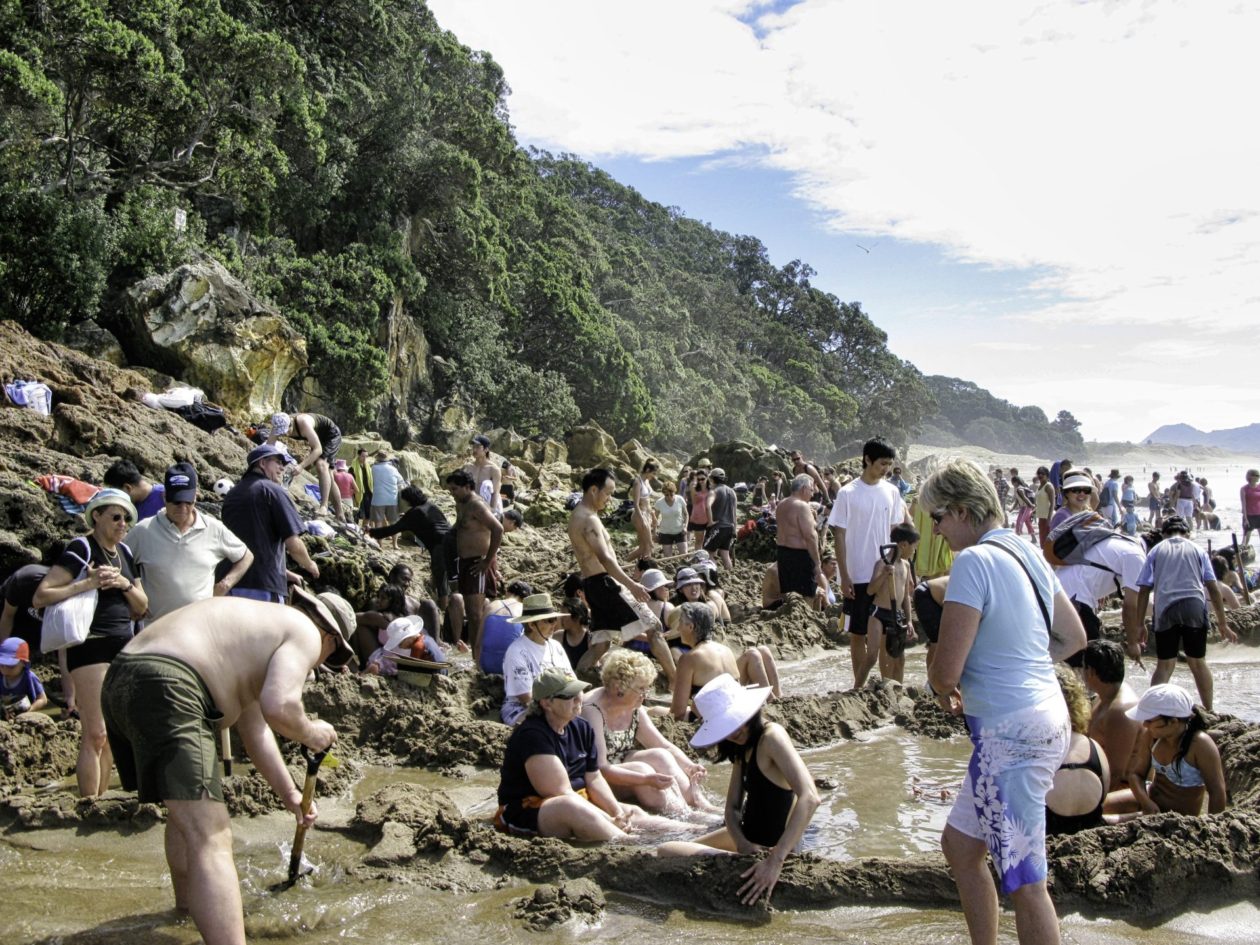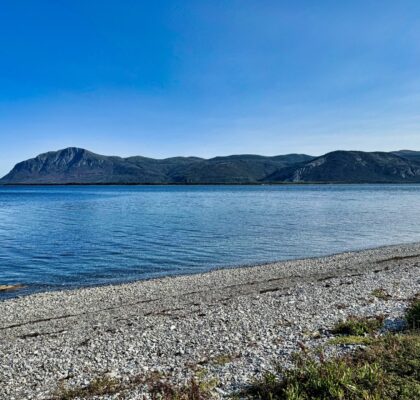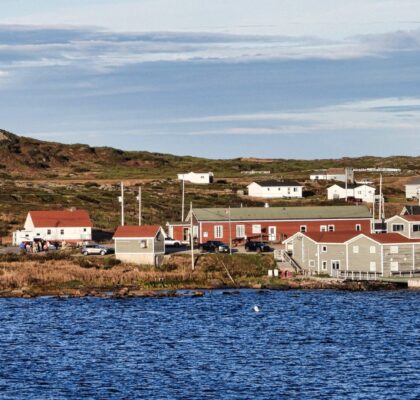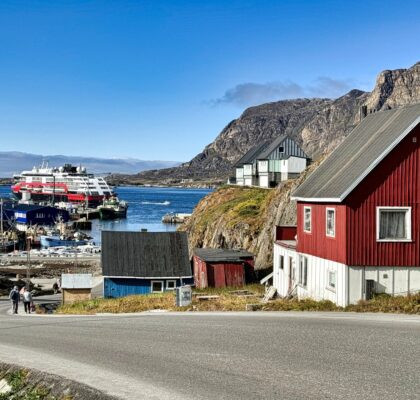- Starting the trip, the Bay of Islands, and the Muriwai Gannet Colony
- The Coromandel Peninsula
- The road to Wellington
- Northeastern South Island — Wine Tasting, Abel Tasman, Nelson, and Havelock
- Kaikoura — marine life everywhere!
- Christchurch, a stay on the farm, and the TranzAlpine Train
- Starting down the West Coast — things are starting to get real!
- A glacier’ing we will go!
- Queenstown
- Milford Sound and Fjordland National Park
After spending a quick evening in Auckland, we headed out to the Coromandel Peninsula, one of the most scenic coastlines in New Zealand. The Coromandel has nearly 250 miles of coastline to explore and around 100 offshore islands to admire. For many years, the industry on the Coromandel was forestry and hard rock gold mining. While gold mining ceased in the 1970s, you can see remnants of the industry around the peninsula. We stopped at one of those decommissioned mines in Golden Hills, just south of Tairua. Gold was discovered there in 1896 and operated until 1914. Today, rangers take you around not only to explore the hard rock caves, but also the remnants of the ore crushing batteries as well as the site of the settlement that grew to 200 people here. Of course, when you are in the mines, we got our first exposure to wetas, which is the common name for a group of 70 insect species. They are basically giant, flightless crickets that tend to be nocturnal (hence why they hang out in the caves) and are primarily carnivorous. They are also quite scary looking, at least the first time you see them!
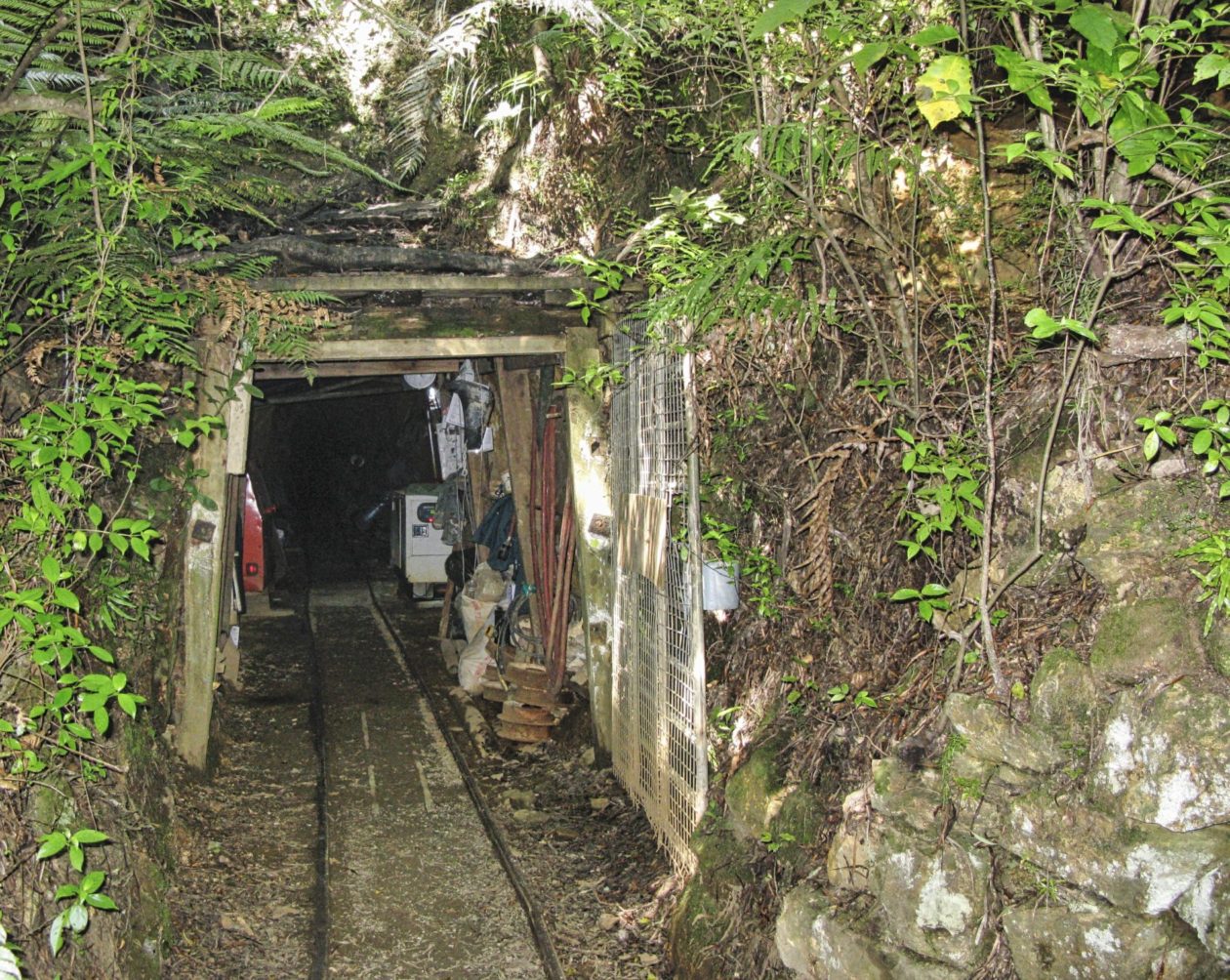
From there, we drove up to Hahei, a small beach community. The beach itself is nearly perfect for swimming because the offshore islands form a breakwater of sorts. They were actually volcanic cones that ultimately became islands as water levels rose. Most of this area is a nature preserve, so everything stays very pristine. One of the highlights of the community is a walkway that takes you up in the hills, affording beautiful views of the town, and the surrounding coast. That walkway also leads down to Cathedral Cove, one of the photographed sites of the Coromandel. There is a giant arched cavern carved into the white tock that connects two secluded coves. By stepping back from the entrance to the cavern, you really get the feel of a cathedral. Beautiful. We spent a couple of evenings here and enjoyed meals in the midst of a sculpture garden and in a converted church.
Our last stop on the Coromandel was Hot Water Beach. This was a pretty unique experience. It turns out that there is an underground river of hot water that flows from deep within the earth to the surface in the Pacific Ocean there. Within two hours either side of low tide, people come in to what otherwise would be a pretty deserted beach to see hot water bubbling up through the sand. If you bring a shovel (Moira did), you can dig your own hot tub (we did) and enjoy the hot water. In fact, you really don’t want to go barefoot because you can burn your feet. Needless to say it was pretty crowded, but what is amazing is that when the next tide cycle goes by, it wipes out all evidence of the previous visitors. What a blast!
So then it was time to head south!
This entry was posted in New Zealand, Travel